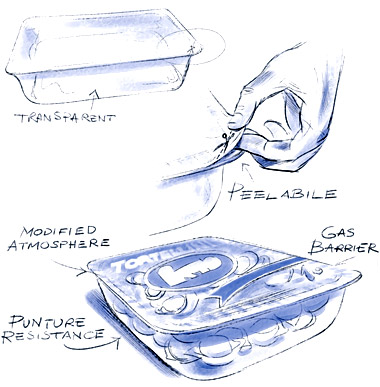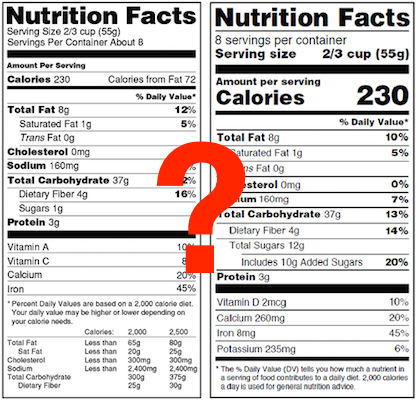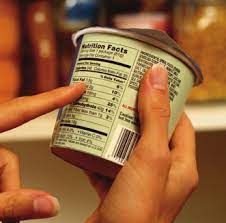The Technical Side of Packaging Your Food - Getting Ready
[This is Part 1 in our series on packaging. You can find Part 2 on choosing your packaging and Part 3 on the actual design of your packaging. This first part focuses on things to think about before you decide on your packaging.]
There are a lot of technical considerations in choosing the right packaging for your product. After all, the packaging needs to protect your food, and to do that, it has to be able to handle all the potential interactions - physical, biological, and chemical - that can affect the quality, appearance, or safety of what's inside.
Your Packaging Works Hard
First, your packaging has to protect your food physically, which means protecting it from the environment and from mechanical stresses. You need a barrier between your food and the surroundings. But your packaging also has to handle dynamic forces (the jolts and jostles during transportation) and static ones (the pressures put on it from standing it up or stacking it during storage or display) if it's going to keep your food intact on the move and on the shelf.

Packaging protects your food from air, light, and physical contact.
Your packaging also provides biological protection for your food by keeping it from being contaminated (by bacteria or bugs or mold) or adulterated (tampered with by anyone).
Finally, your packaging needs to protect your food and itself from any chemical reactions between the two. Packaging must be non-reactive with its contents so that nothing happens to compromise the taste, composition, or safety of your food and nothing causes the packaging to lose its integrity.
For your packaging to accomplish all these tasks, you have to choose materials that are right for your food. And to do that, you have to know your product and your business requirements.
What Are the Features of Your Food?
Is your product oily, acidic, fragile, sticky, dry? Does it contain nuts? In order to figure out what you need to protect it, you first have to take the time to learn about its chemical characteristics and physical qualities. How do your ingredients react with air, light, moisture or heat? Do you need or want to consider modified atmosphere packaging? How does your finished product need to be treated? Nuts and oils, for example, can go rancid if they're exposed to air and light. Some foods, like grains, need a little wiggle room to prevent damage, and some, like cookies, need to move as little as possible.
Other things to consider include how your food will be stored or sold. The packaging you use for fresh baked goods, for example, will be different from what you need if you sell that same product frozen. And you always want to be aware of any regulatory requirements - like the ones for meat, poultry, and eggs - that might apply to your particular category of food.
Where Is Your Food Going?
Where you sell your food helps you decide how many layers of packaging you need. If you're selling at farmers' markets, you need something that gets you from your kitchen to the market and gets your goods from your stand to your customers' homes. The focus is on individual packaging that does the job and doesn't break the bank.
But if you're selling in stores or distributing through other channels locally, regionally, or nationally, you have the added considerations of transportation, storage, and stocking. Your individual packaging will have to survive longer periods of time and withstand much more handling. But it will also need to fit cost effectively into external packaging. And you will need to choose the right boxes, crates, containers, and pallets for shipping and delivery.
Getting Ready Helps You Get It Right
When it comes to packaging, the nature of your product, your business model, and your budget all drive your technical choices. Spending a little time up front understanding how all those considerations come together can make a huge difference in navigating your many options.






